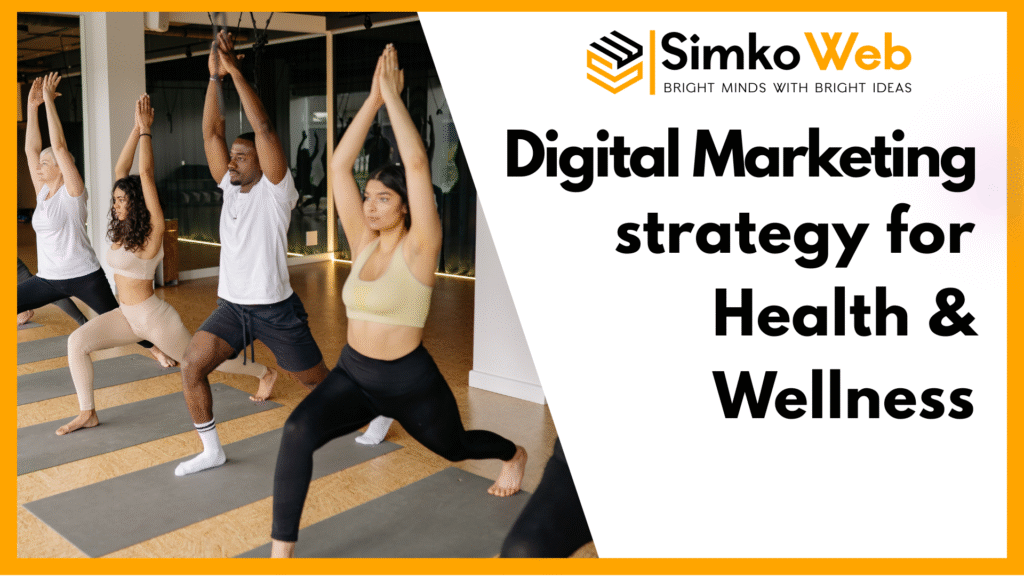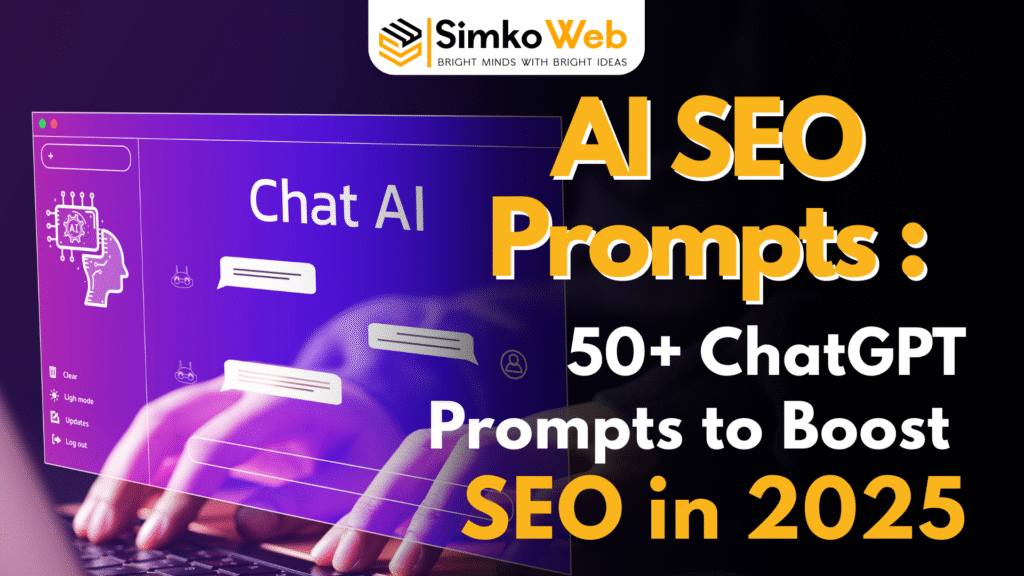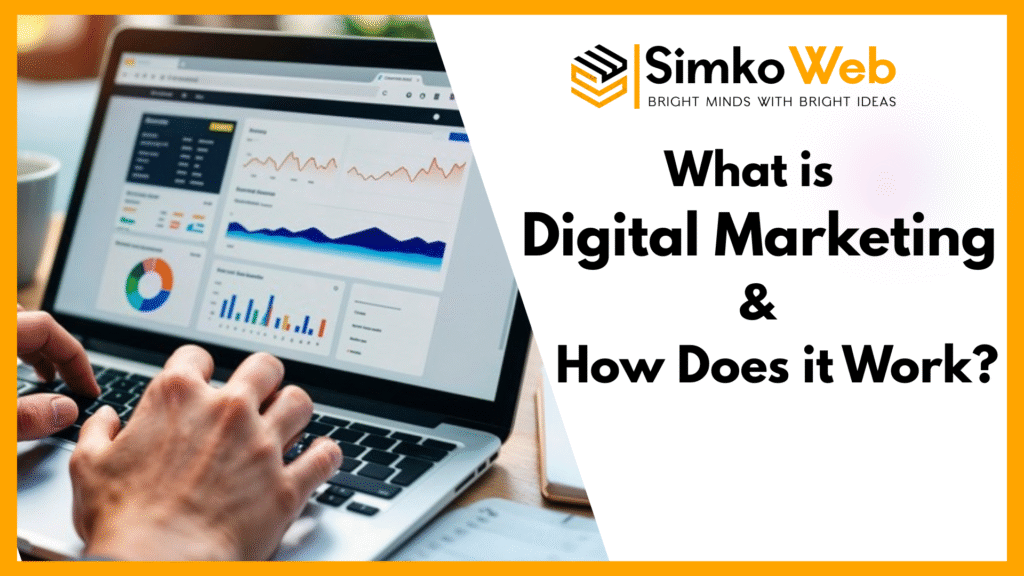
AI-Driven Enterprise Search & Market Intelligence: Strategies for 2025
AI-Driven Enterprise Search & Market Intelligence: Strategies for 2025
Discover how AI is transforming enterprise search and market intelligence in 2025.
The landscape of how businesses and consumers discover, evaluate, and engage with brands has undergone a profound transformation in recent years. What started as a digital acceleration during 2020-2021 has now evolved into an AI-powered revolution reshaping the entire search ecosystem across all industry verticals in 2025. This shift demands a new approach to market intelligence and search optimisation, grounded in real-time AI insights and a comprehensive understanding of consumer and market dynamics.
From Traditional Search to AI-Powered Discovery
The traditional customer journey, which once involved multiple sessions, site visits, and vendor comparisons, can now be condensed into a single AI interaction. When decision-makers inquire via AI platforms such as Google AI Overviews, ChatGPT, or Perplexity, they receive curated shortlists complete with commentary, pros and cons, and implicit recommendations, eliminating the need to sift through numerous links.
This evolution marks a fundamental change: AI is no longer just retrieving information; it actively evaluates, frames, and recommends brands before users even click. This shift is evident in data showing a 49% increase in impressions on all content since the launch of AI Overviews, with Google maintaining over 90% market share but facing a diversified ecosystem of AI platforms.
Understanding the New Market Dynamics
To succeed in this AI-driven environment, marketers must broaden their focus beyond keywords and links to understand the wider market forces at play. Employing frameworks like PEST analysis helps identify key factors influencing strategy:
- Political: AI regulations, data privacy laws, elections, and compliance requirements.
- Economic: Compression of decision cycles, changing sales velocities, and market volatility driven by AI.
- Social: Shifts toward AI-assisted purchasing, impacting brand trust dynamics.
- Technological: Advances in AI model capabilities, real-time indexing, and cross-platform optimization needs.
The MAP Framework for AI Search Success
Success in this new landscape requires mastering three critical dimensions—Mention, Authority, and Performance—collectively known as the MAP Framework:
Mentions: Beyond Traditional Rankings
- AI Overviews now appear in over 11% of Google queries, a 22% increase since their debut.
- Longer, complex queries designed for B2B decisions have surged by 49%.
- Industries with strong AI Overview presence include healthcare, education, B2B technology, and insurance, with travel and entertainment on the rise.
- E-commerce has seen slower growth in AI Overview presence.
Authority: AI’s Brand Evaluation
AI platforms form opinions about brands based on varied criteria across sectors:
- Finance: Regulatory compliance and security.
- Healthcare: Accuracy and credibility.
- Technology: Innovation and reliability.
- Consumer Goods: Customer reviews, product quality, and reputation.
- Retail/Ecommerce: Price competitiveness, availability, and user experience.
- Professional Services: Case studies, client success stories, and industry expertise.
AI effectively writes the evaluation criteria and creates brand shortlists without direct brand input, making perception management essential.
Performance: New Metrics for AI Discovery
Traditional KPIs like rankings and traffic remain relevant but are insufficient alone. Key AI-driven metrics include:
- AI Mention Rate: Frequency of brand appearance in AI responses.
- Citation Authority: Consistency as the primary source.
- Share of AI Conversation: Semantic presence relative to competitors.
- Prompt Effectiveness: Quality of content in answering natural language queries.
- Response-to-Conversion Velocity: Speed of AI-influenced prospect conversions.
Notably, while impressions have increased, click-through rates have declined by nearly 30%, indicating AI’s role in pre-qualifying leads.
Integrating Business and Search Intelligence
Modern marketing intelligence demands a 360-degree view across all consumer touchpoints and AI platforms. Leading organizations leverage AI to gauge market pulse through:
- Real-Time Consumer Intelligence: AI agents research brands via digital presence, social proof, reviews, and competitive positioning.
- Cross-Industry Predictive Modeling: AI behavior patterns forecast demand shifts across sectors.
- Omni-Engine and LLM Sentiment Analysis: Different AI platforms prioritize various content types, requiring tailored content strategies.
AI acts as the voice of the customer, interpreting search intent and taking actions such as transactions, especially in shopping contexts. Continuous monitoring of AI-generated insights is critical for capitalizing on market opportunities and adapting to demand shifts.
Utilizing Business Intelligence to Visualize Market Pulse
Organizations increasingly rely on business intelligence (BI) to transform vast data into actionable insights across traditional search and AI engines. BI supports:
- Real-time monitoring of AI platform activity.
- Digestible snapshots of market conditions for SEO, digital marketing, sales, product, and customer service.
- Identification of inefficiencies and opportunities through comprehensive data analysis.
Entity-Based SEO and 360-Degree AI Platform Strategy
Moving beyond keywords, AI prioritizes authoritative content from trusted entities. Strategies include:
- Implementing robust schema markup.
- Ensuring consistent entity references.
- Building connections with recognized industry authorities.
A successful AI platform strategy encompasses presence and optimization across:
- Google Search and AI Overviews (90%+ market share).
- Conversational platforms like ChatGPT.
- Research-focused platforms such as Perplexity.
- Vertical-specific AI tools for industries like cybersecurity, fintech, and healthcare.
- Social AI integrations on platforms like LinkedIn, TikTok, and Instagram.
- Voice and mobile AI assistants including Alexa, Siri, and Google Assistant.
Mobile vs. Desktop AI Optimization
Mobile and desktop AI Overviews serve distinct user behaviors and require tailored strategies:
|
Aspect |
Mobile AI Overviews |
Desktop AI Overviews |
|
Appearance Frequency |
13.5% (3x more ecommerce AIOs) |
4.5% |
|
Screen Space |
Smaller, variable sizes |
Larger, more consistent sizing |
|
User Intent |
Discovery and shopping mode |
Detailed, comprehensive information |
|
Strategic Focus |
Discovery-focused, shopping-oriented |
Comprehensive content architectures |
Ecommerce brands must prioritize mobile-first strategies while ensuring optimization for both experiences.
Vertical-Specific AI Optimization
Industry-specialized AI models are emerging, necessitating domain-specific content strategies that reflect sector nuances and evaluation criteria. These strategies leverage dashboards, visualizations, and predictive modeling to:
- Track real-time industry trends.
- Visualize demand and inventory.
- Forecast market shifts.
- Identify buyer trends and optimize pricing and product strategies.
- Evaluate marketing effectiveness across AI and traditional channels.
Conclusion
In 2025, AI is not merely a channel but the primary interface between brands and customers across industries and buying scenarios. Brands that master the MAP Framework—Mention, Authority, and Performance—while maintaining a 360-degree view across search, AI engines, and consumer intelligence will be favoured by AI recommendations.
The transition from traditional search to AI-powered discovery is here. Marketers who embrace comprehensive AI tools, real-time monitoring, and optimisation for AI evaluation criteria will unlock new market opportunities.
Success depends on understanding not only what customers search for but how AI interprets and presents brands at every touchpoint. The future belongs to those who collaborate with AI to shape its understanding and stand out in an era where AI often makes the first—and sometimes final—impression in the customer journey.
This new reality demands continuous adaptation, strategic insight, and a holistic approach to AI-driven market intelligence and search engine optimisation.
Digital Marketing for Health and Wellness: Strategies, Benefits & Best Practices
Digital Marketing for Health and Wellness: Strategies, Benefits & Best Practices Digital Marketing for Health…
AI SEO Prompts: 50+ ChatGPT Prompts to Boost SEO in 2025
AI SEO Prompts: 50+ ChatGPT Prompts to Boost SEO in 2025 AI SEO Prompts: 50+…
What is Digital Marketing and How Does it Work?
What is Digital Marketing and How Does it Work? What is Digital Marketing and How…
AI-powered search AI search optimization Best Digital marketing Company in Bihar Best Digital marketing Company in Chandigrah Best Digital marketing Company in dharbhangha Best Digital marketing Company in Haryana Best Digital marketing Company in kanpur Best Digital marketing Company in Patna Best Digital marketing Company in Punjab Bihar business website business website Patna content optimization strategies digital marketing digital marketing for jewelry digital marketing trends 2025 e-commerce platform Generative Engine Optimization generative search engines GEO vs SEO in 2025 google ai studio prompt gallery Haryana website services How to Sell Jewellery Online in 7 Steps jewellery e-commerce jewellery e-commerce marketing jewellery social media marketing jewelry business guide jewelry SEO jewelry website development Lucknow web development mobile website optimization online jewellery promotion strategies online jewelry marketing online jewelry store programmatic content generation prompt gallery sell jewellery online SEO differences 2025 SEO strategies Simko Web Simko Web digital marketing agency social media marketing Patna structured data implementation UP digital marketing What Is Digital Marketing zero-click search optimization




